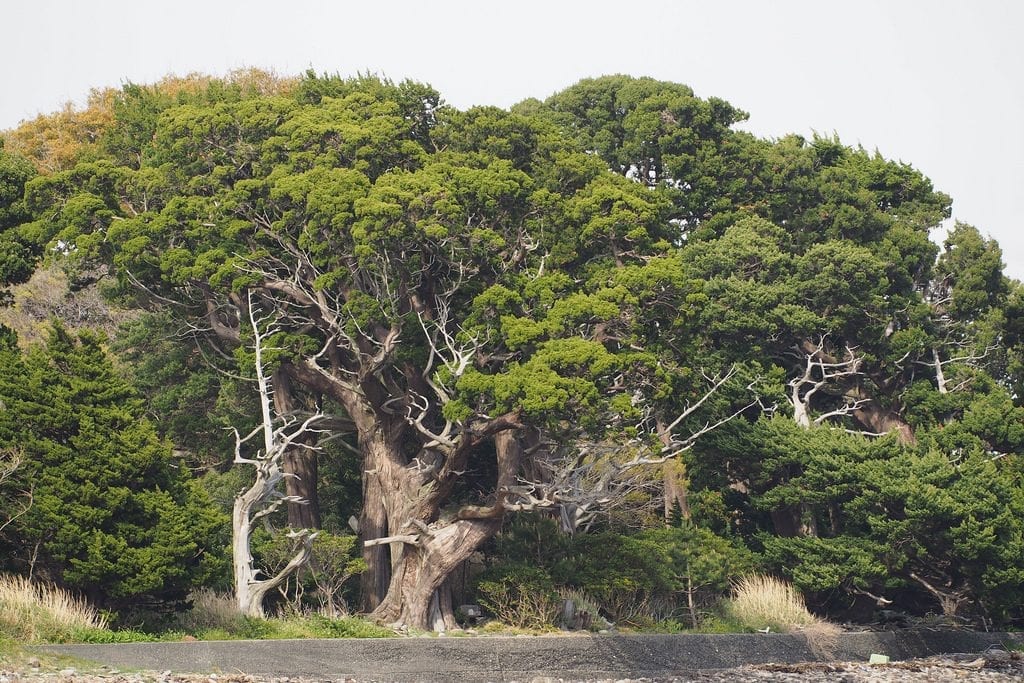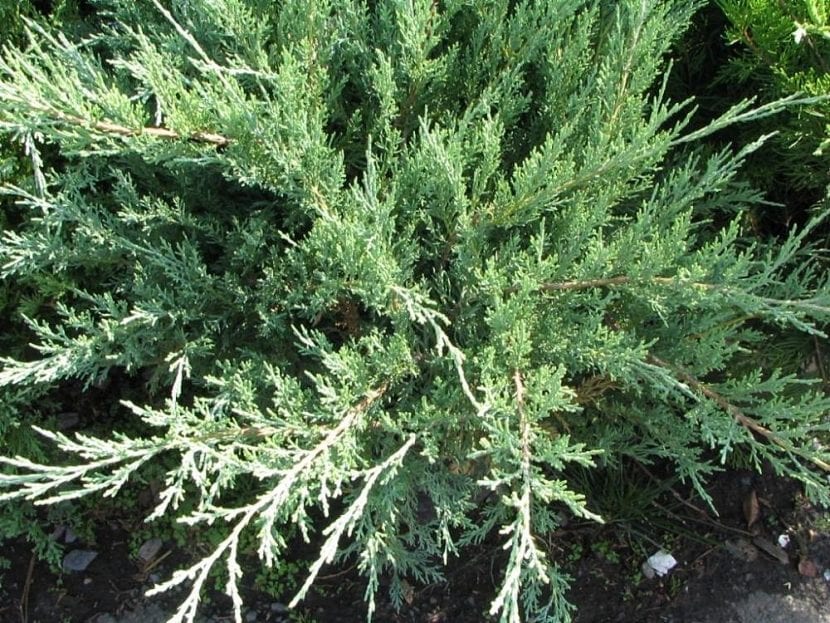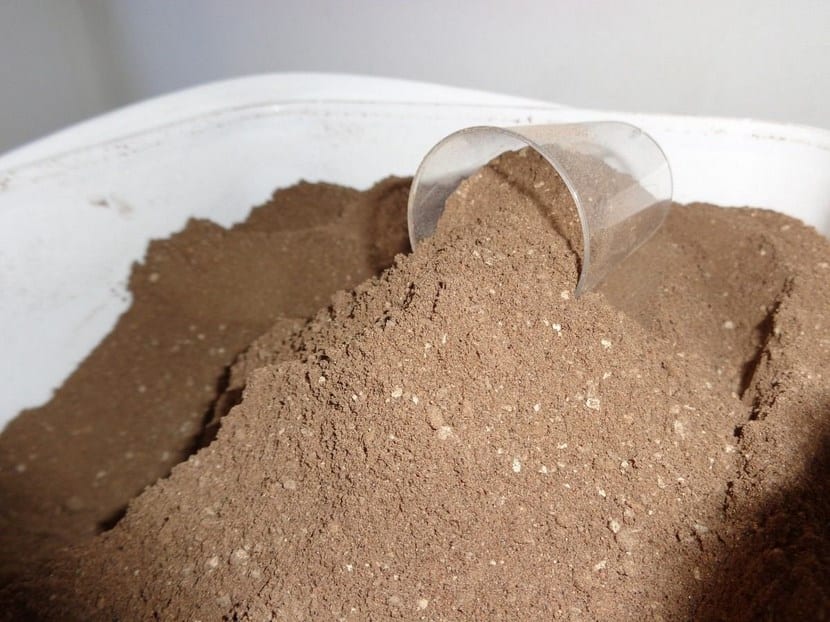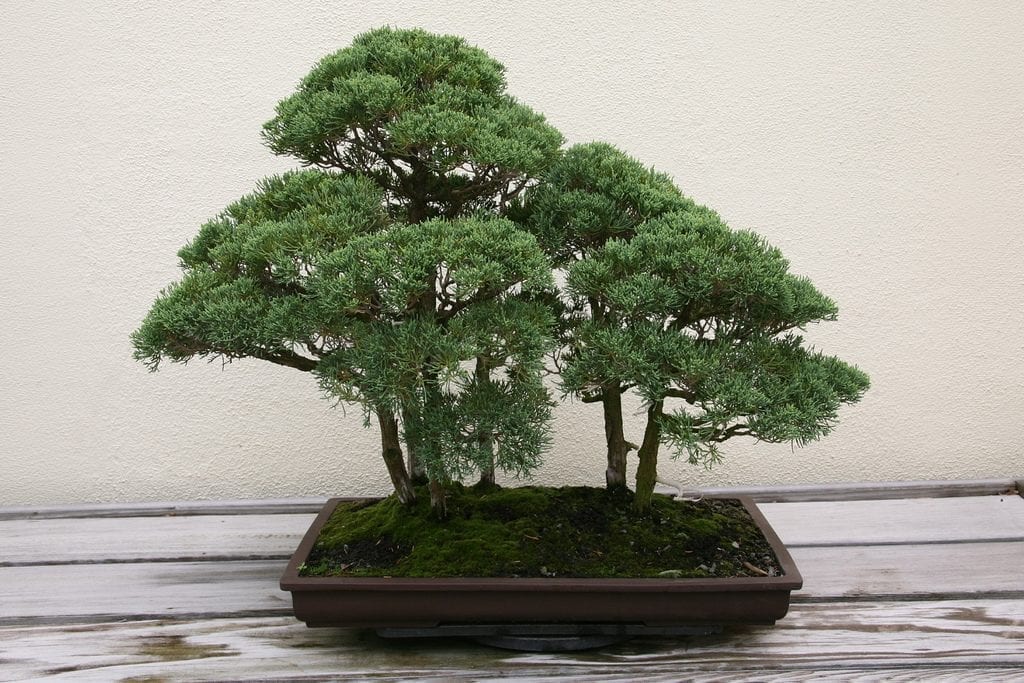
Image - Flickr / National Botanical Garden, Viña del Mar, Chile
Conifers like the Juniperus chinensis they are wonderful: they adapt to everything! And not only that, but there are enough cultivars for you to find the one that best fits your garden ... or patio.
The growth rate is slow, so controlling its development will be very easy. What's more, does not usually have pest or disease problems, but this I better tell you in detail below.
Origin and characteristics

Image - Flickr / harum.koh
It is an evergreen tree or shrub whose scientific name is Juniperus chinensis. Popularly known as Chinese juniper, Chinese juniper or Chinese juniper, it is native to Northeast and Central East Asia, including China and Japan. It can grow to heights between 1 and 20 meters, with two-shaped leaves: the young ones are needle-shaped, 5 to 10mm long, and the adults have a scale of 1,5 to 3mm.
It is a dioecious plant mainly, having male and female specimens, but sometimes they can be found of both sexes. The cones are berry-shaped, 7 to 12mm in diameter, and are bluish-black in color. Inside they contain 2 to 4 seeds that need about 18 months to mature.
Cultivars
Over the years, and even today, different cultivars have been created, currently having more than 100 among which are:
- Yellow leaves:
- aura
- tremonia
- Columnar bearing: Columnaris
- Many cones: Kaizuka.
- Ideal for bonsai: shimpaku
There is also a hybrid that is widely grown in gardens, which is kept as a shrub, and is the Juniperus chinensis x Juniperus sabina, known by the name Juniperus x pfitzeriana.
What are their cares?

Image - Wikimedia / David J. Stang
If you want to have a copy, we recommend you take care of it as follows:
Location
It has to be planted abroad, in full sun preferably, although it can be in semi-shade.
Earth
- Garden: grows in fertile and well-drained soils. It is afraid of waterlogging, so if you have a very compact soil, make a large planting hole, about 50cm x 50cm at least (ideally 1m x 1m) and fill it with black peat mixed with perlite in equal parts.
- Flower pot: you can mix universal growing medium with 20% perlite. If it doesn't, add 10% organic compost (worm castings or cow manure).
Irrigation
During the hot and dry months of the year it will be necessary to water very often, while the cold and humid months not so much. As we have mentioned, he does not like to have his "feet" permanently wet; in fact, you just need to over water it once or twice for its roots to suffocate and rot.
Therefore, considering this the ideal is to check the humidity of the soil, at least at the beginning until you know when you have to water your Juniperus chinensis. How to do that?
Very simple: you can help yourself with a digital humidity meter, or with a simple stick (you insert it and, when you remove it, you will see if a lot of soil has adhered to it - in which case you do not water - or not). In any case, if you don't trust yourself and / or want to "take the easy way out", tell you that in general you should water it about 3 times a week in summer and every 3-4 days the rest.
Subscriber

Guano powder.
In spring and summerAlso in autumn if the weather is mild / warm, an average of once a month or every fifteen days has to be paid with ecological fertilizers, such as the guano that you can buy here, or cow or chicken manure (important: if you get it fresh, let it dry in the sun for about 10 days, as it is so concentrated a fertilizer that if you add it directly the roots will burn).
Multiplication
Juniper from China multiplies by seeds in winter and cuttings in late summer / early fall. Let's see how to proceed in each case:
Seeds
- First, you have to fill a tupperware with previously moistened vermiculite.
- The seeds are then placed on the surface and covered with more vermiculite.
- Next, sprinkle with copper or sulfur to prevent the appearance of fungus.
- The next step is to cover the tupperware and put it in the fridge for three months. Once a week you have to take it out and open it so that the air is renewed.
- After that time, they will be sown in pots with universal cultivation substrate in pots placed outside, in semi-shade.
They will germinate throughout the spring.
Cuttings
Branches of about 20cm are taken, the base is impregnated with homemade rooting agents and planted in individual pots with universal growing substrate.
If all goes well, they will emit their own roots after about 1 month.
Pruning
Can be pruned if necessary late winter. Remove dry, diseased, or weak branches, and trim those that are showing overgrowth.
Plagues and diseases
It's very tough, but if the mushrooms they will harm you. To avoid this, you have to control the risks and, if you want, do anti-fungal treatments in spring and summer.
Rusticity
It is a plant that resists well frosts down to -15ºC.
What uses does it have?

Image - Flickr / Cliff
It is used as an ornamental plant, either as an isolated specimen, in groups, in a pot ... or even as bonsai. The care as such is:
Bonsai Juniperus chinensis
- Location: outside, in semi-shade.
- Irrigation: frequent. Water every 1-2 days in the middle of summer, a little less the rest.
- Substratum: 70% akadama with 30% kiryuzuna.
- Subscriber: in spring and summer with specific liquid fertilizers for bonsai.
- Pruning: between late autumn and winter. We must eliminate the branches that intersect, as well as those that come out of the base of the trunk, and from the rest remove the 2-3 newer shoots.
- Transplant: every 2-3 years, in late winter.
- Styles- Suitable for casual straight, formal straight, sloping or forest.
- Wiring: in autumn, winter or early spring. You have to keep an eye on the wire so that it doesn't get marked on the branches.
- Rusticity: resistant up to -12ºC.
And with this we are done. What did you think of this conifer? Did you know that it could be so interesting?